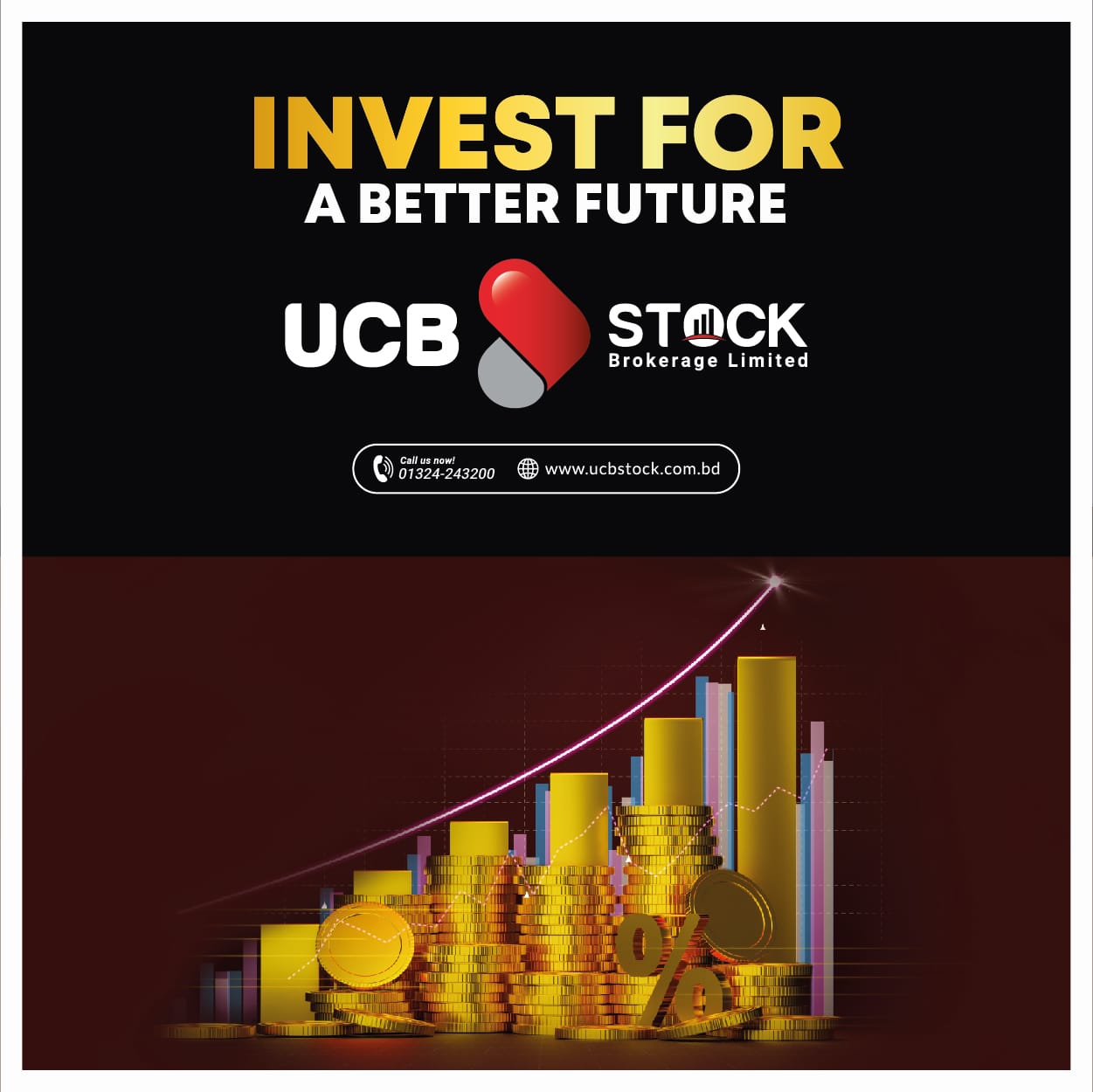As economies grow, their industrial and geographic distributions of income change. This column explores how regional disparities are intertwined with industrial transformation. It demonstrates how shifts in consumption patterns due to rising incomes enable an industrially and spatially unbalanced growth process, challenging the conventional view that falling transportation costs or exposure to international trade are the primary drivers of regional inequality. The authors show that, once productivity becomes sufficiently high, a feedback loop develops between industrial clustering and urban growth and becomes so strong that regional inequality becomes an inevitable feature of development.
Rising regional inequality has become a major policy concern in both developed and emerging economies. In Europe, the divide between wealthy cities and struggling rural areas complicates the EU’s development goals (Puga 2002). In the US, regions like the Rust Belt continue to fall behind fast-growing tech hubs like Silicon Valley. While these patterns are often attributed to globalisation and technological change (Comin and Mestieri 2013, Price et al. 2014), other mechanisms have also been proposed. For example, urban-biased structural change has been put forth as a potential explanation of why (large) cities thrive at the expense of the rest of territories (Chen et al. 2023). Recent quantitative studies have also highlighted the heterogeneous spatial development paths across regions and the critical role of urban centers (Eckert and Peters 2022, Budi-Ors and Pijoan-Mas 2022).
Indeed, there is a strong association between economic development, shifting consumption patterns, and spatial concentration of economic activity in cities. Figure 1 illustrates how economic growth is associated with a decline in agriculture’s share of output and a boost in urbanisation – a proxy for the spatial concentration of economic activity. As incomes rise, people spend less on food and more on other goods and services, prompting workers to move from farms to cities.
Figure 1 The joint evolution of agricultural and urban economic activity


Notes: Data for agricultural value-added shares comes from the Groningen 10-sectors database as computed Comin et al. (2021). Urbanisation rates comes from the United Nations Urban Indicators Database. Income per capita corresponds to 2017 US dollars (PPP-adjusted) from the PWT.
Our research uncovers a fundamental economic force driving the emergence of regional inequality along the development path (Bohr et al. 2024). We demonstrate that the interaction between structural change and regional disparities inherently leads to the emergence and the rise of spatial disparities. Rising income along the growth path implies shifts in consumption patterns away from subsistence goods such as agriculture and housing and toward more income-elastic industries. Our central result is that, as long as income-elastic goods such as manufacturing exhibit increasing returns to scale, these shifts in consumption naturally result in the spatial concentration of production, reshaping both job composition and geography.
Heterothetic Cobb-Douglas preferences
To establish this result, we introduce a key innovation: a novel set of non-homothetic preferences, which we term heterothetic Cobb-Douglas. These preferences can be implemented seamlessly in a New Economic Geography model à la Krugman (1991), allowing us to characterise the interactions between regional and industrial transformations analytically. What distinguishes heterothetic Cobb-Douglas preferences from other non-homothetic demand systems is that they feature a unitary price elasticity, and thus, expenditure shares are solely determined by income levels. This makes the equilibrium analysis of spatial models particularly tractable under the assumption that utility is equalised across space, implying a characterisation that is similar to that under homothetic Cobb-Douglas preferences. Their analytical benefits also extend beyond spatial models, as we show in Bohr et al. (2023), and Bohr et al. (2023).
Our framework demonstrates that even without declining transportation costs – commonly emphasised in the literature as a key driver of regional disparities – economic growth alone can lead to regional concentration through industrial transformation. Furthermore, this process is bidirectional: industrial concentration drives regional concentration as much as regional concentration drives industrial clustering.
The two-way feedback between industrial transformation and regional disparities
Our model highlights how industrial change and regional disparities reinforce each other. This goes beyond simple cause-and-effect, showing how they create a feedback loop. As described earlier, rising incomes shift consumption patterns toward relatively more income-elastic sectors, requiring workers to shift to industry and services to accommodate the change in demand. Since these sectors benefit from economies of scale, they tend to cluster, creating industrial hubs and fostering the growth of cities.
Once industry clusters in certain areas, local productivity rises due to scale economies and easier access to markets. This, in turn, raises incomes, further boosting demand for industrial goods and accelerating the reinforcing cycle. Figure 2 illustrates this feedback loop, showing how different economic conditions affect regional outcomes. When productivity is low, economic activity spreads evenly. As productivity rises, regional disparities arise as industry clusters. This transition shows how rising productivity fuels agglomeration, reinforcing both structural change and regional inequality. By contrast, Krugman (1991) emphasised the role of trade and transportation costs in shaping regional disparities, so it is useful to contrast our results to his.
Figure 2 Equilibrium configurations


Even when transportation costs remain high, wealthier populations will continue to demand more industrial goods, boosting demand in urban areas and attracting more businesses. Under certain conditions, when productivity is sufficiently high, regional disparities become an inevitable outcome regardless of transportation or trade costs. Figure 2 labels this region the “black hole,” to use Krugman’s (1991) quip. The Black Hole equilibrium in our framework arises as an endogenous and unavoidable consequence of rising productivity, making its name all the more appropriate (it is a combination of parameters leading to a degenerate equilibrium outcome in Krugman’s original model). Once industrial concentration begins, it becomes self-reinforcing, making regional inequality an unavoidable characteristic of advanced stages of development. This holds true even when transportation and trade costs remain high, directly challenging the notion that only falling trade costs drive spatial concentration.
A new perspective on regional development
Structural change and regional disparities are central to understanding modern economic development. Our research shows that rising incomes reshape economies by shifting both sectoral output and geographic concentration. This process is unlikely to be explained by falling trade costs alone, as emphasised early on by Helpman (1998). Instead, we show that structural change drives regional inequality as economies develop, even if transportation costs remain high.
The interaction between structural change and regional disparities provides a new perspective on policies intended to correct geographic inequality. Economic growth naturally creates regional disparities. Traditional strategies focusing only on reducing trade costs or building infrastructure may not work as intended because they overlook how growth fundamentally reshapes demand and industry location.
Source : VOXeu



































































